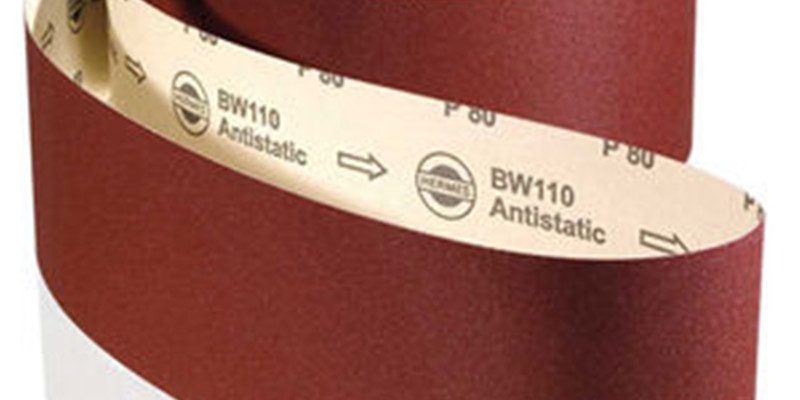Sanding belts are powerful tools, but they can encounter issues that affect their performance and the quality of your work. Knowing how to troubleshoot these common problems can save you time and frustration in your sanding tasks. In this blog, we’ll explore some of the most common sanding belt issues and provide solutions to resolve them.
1. Belt Slippage:
Issue: The sanding belt slips or runs off the sander’s tracking.
Solution: Ensure the belt is properly tensioned. If slippage continues, clean the belt’s pulleys and check for wear or damage. Replace the belt if necessary.
2. Uneven Wear:
Issue: The sanding belt wears unevenly, causing an uneven surface finish.
Solution: Check for parallel alignment between the sanding belt and the platen or worktable. Make adjustments as needed. Additionally, distribute the pressure evenly when sanding.
3. Belt Tracking Issues:
Issue: The sanding belt consistently runs off-center or tracks poorly.
Solution: Inspect the sander’s tracking and tensioning mechanisms. Adjust them according to the manufacturer’s instructions. Ensure the belt is correctly aligned on the pulleys.
4. Burn Marks on the Workpiece:
Issue: Burn marks appear on the wood surface during sanding.
Solution: Reduce the pressure applied to the workpiece, and avoid sanding at a single spot for too long. Use finer grits or consider using a cooler-running sanding belt.
5. Belt Clogging:
Issue: The sanding belt becomes clogged with wood dust, reducing its effectiveness.
Solution: Use a cleaning stick or belt cleaner to remove clogged dust and expose fresh abrasive material. Consider a belt dressing to minimize clogging.
6. Torn or Damaged Belt:
Issue: The sanding belt tears or becomes damaged prematurely.
Solution: Inspect the workpiece for sharp edges or protrusions that may damage the belt. Additionally, check for debris on the worktable that could cause damage.
7. Dust and Debris Accumulation:
Issue: Excessive dust and debris build-up during sanding.
Solution: Maintain a dust extraction system or use a shop vacuum to remove dust and debris as you work. A clean workspace ensures optimal performance.
By addressing these common sanding belt issues and following the provided solutions, you can maintain the efficiency and quality of your sanding tasks. Regular maintenance and proper technique can help extend the life of your sanding belts and equipment.










